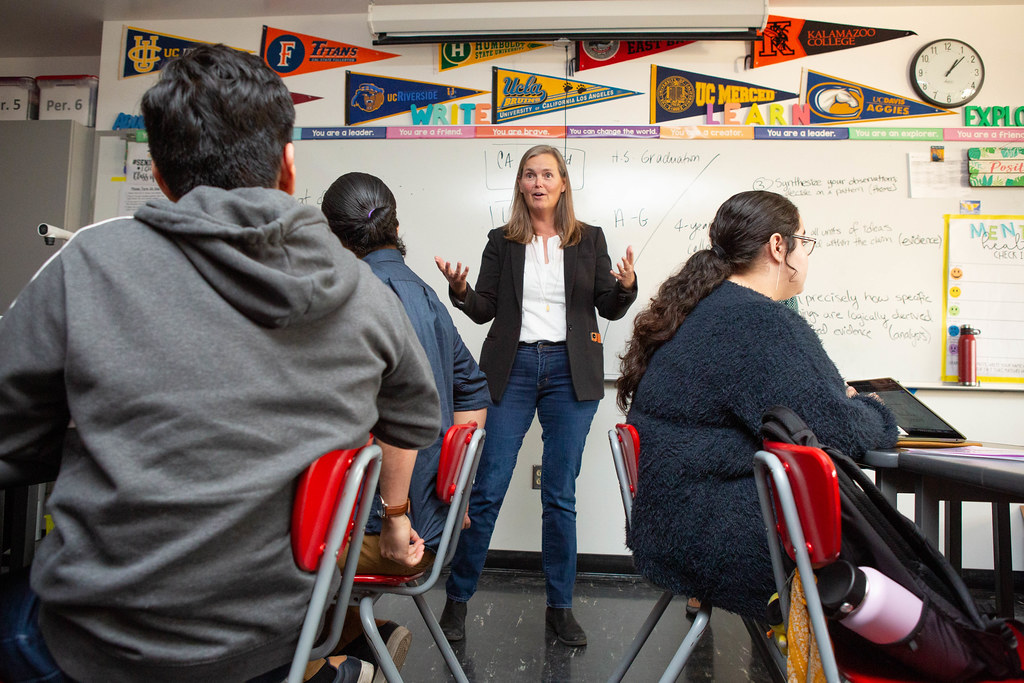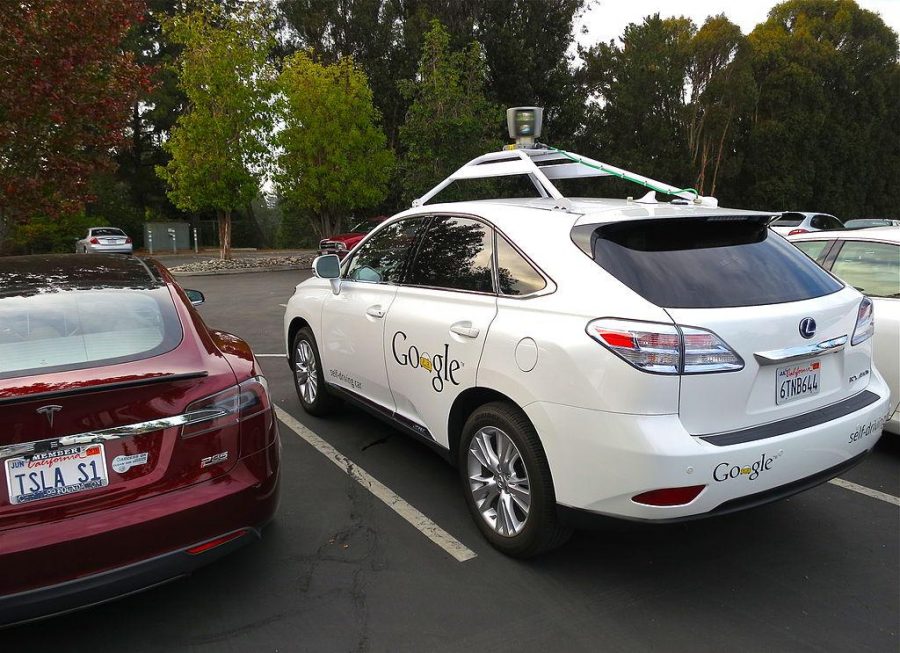If the history of technology has taught us anything, it’s that there’s a lot of work to do after every breakthrough. It wasn’t enough for Edison to just invent the light bulb; he needed to design a whole new infrastructure to power homes and in the first few years most power plants couldn’t reach 95 percent of the people in cities. As Edison himself famously remarked, “Genius is one percent inspiration and 99 percent perspiration.” Self-driving cars seem to be the same way, as they currently have problems that will require many years of testing and development to fix. Nonetheless, they will inevitably come to dominate the roads and help reduce the number of yearly auto-accidents.
A handful of companies are hopping on board the self-driving car bandwagon, all to various degrees of completeness and scales of production. While electric-car designer Tesla promises to produce a fully autonomous vehicle in two years, auto-giant Ford says more conservatively it will be 2021 before they mass-produce them. Other corporations like Apple and Google have less-defined — but no less ambitious — plans.
It’s one thing talking about companies’ bold visions. It’s another thing to talk about the realities. As a new technology, self-driving cars will have to prove themselves to be safe before they can come into wide use. To this effect, the federal government just released a set of guidelines this Tuesday outlining the important safety measures that car designers will have to take before the technology will be allowed on the roads. Among them are ensuring there are sufficient safeguards for crashes as well as some kind of defense against hacking. Some companies involved in the design process, such as Uber – which is partnering with Volvo to produce driver-less car technology – are encouraged by federal guidelines, seeing them as a necessary set in these cars coming into the mainstream.
Autonomous cars have not been without incident since their use. For instance, in May a driver was fatally killed while driving in a Model S Tesla car operating with an “autopilot” system. Such an accident definitely should make us wary about embracing the technology quite yet. These auto-pilot systems will continue to have trouble adapting to every situation on the road, underscoring the importance of continued testing.
But even as there are potential dangers, the benefits of this technology cannot be understated. 1.25 million people die annually in car deaths, a figure that is on the rise thanks to the distractions of phones and other devices. While people won’t change very much year-to-year, driverless car technology will only get better. A future full of self-driving cars could mean a future with dramatically less accidents caused by human error.
Perhaps the most important goal going forward should be to bridge the gap between current technology and future promise. If we know self-driving cars will eventually be better, how do we make it safe in the meantime? An answer can be found within the method currently used by Tesla: an autopilot system that still encourages driver participation. In the accident mentioned above, the driver did not activate his brakes even though Tesla recommends that drivers still keep their eyes on their road. The company has announced that they will now put technology in place to require drivers to keep their hands on the steering wheel, something that might have prevented that crash.
The technology is not going away. More and more companies are trying to get their foot in the door. When faced with these new developments, we can have two possible reactions: we can be pessimistic about the technology, overlooking the potential and merely pointing out the errors; or, we can instead focus on how to make it better for the future. I choose the latter and it’s clear from the level of promise and optimism within the industry that I’m not the only one.
Additional sources: http://www.edisontechcenter.org/HistElectPowTrans.html
Photo Courtesy of Steve Jurvetson – Lexus RX450h retrofitted by Google for its driverless car fleet. At the left side is parked a Tesla Model S electric car.

















